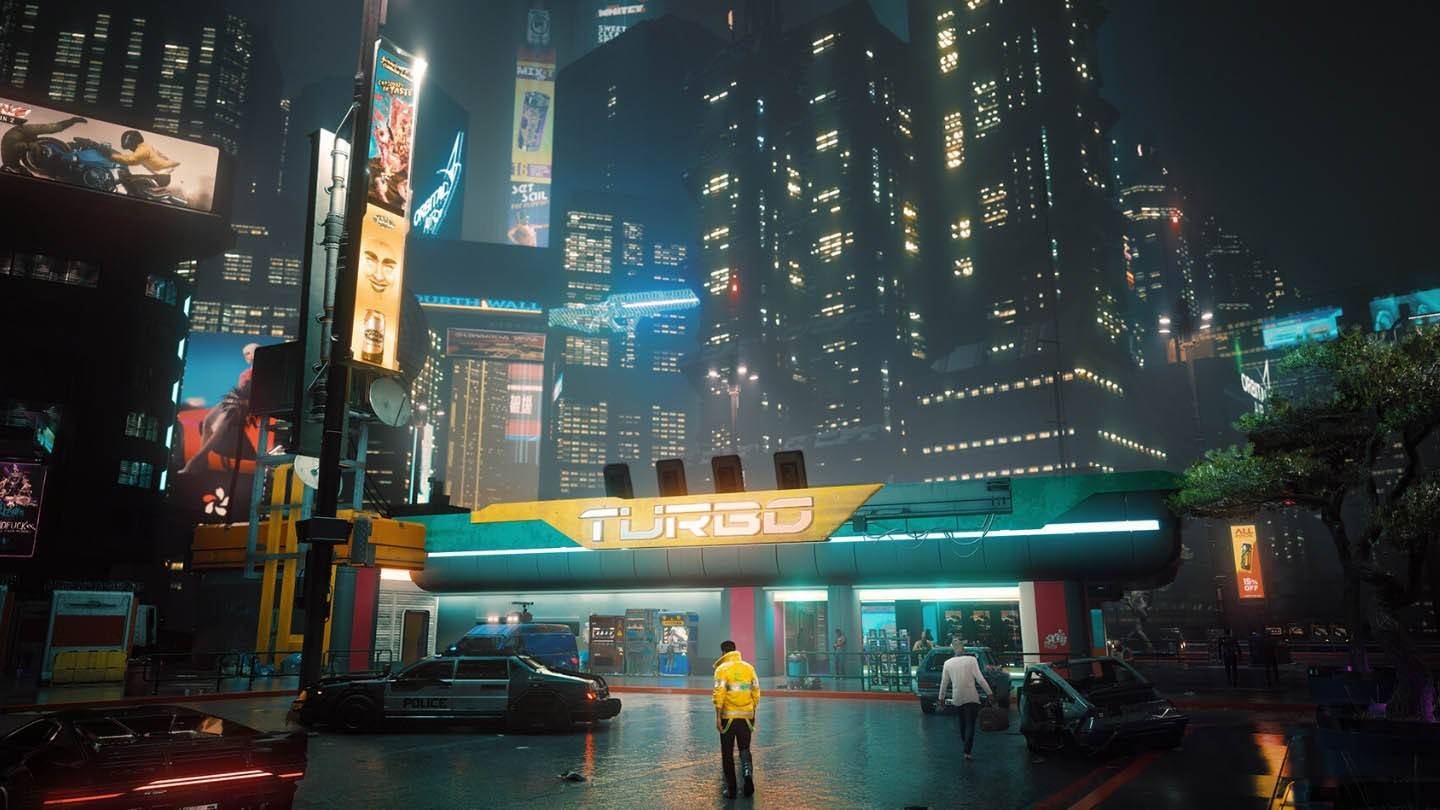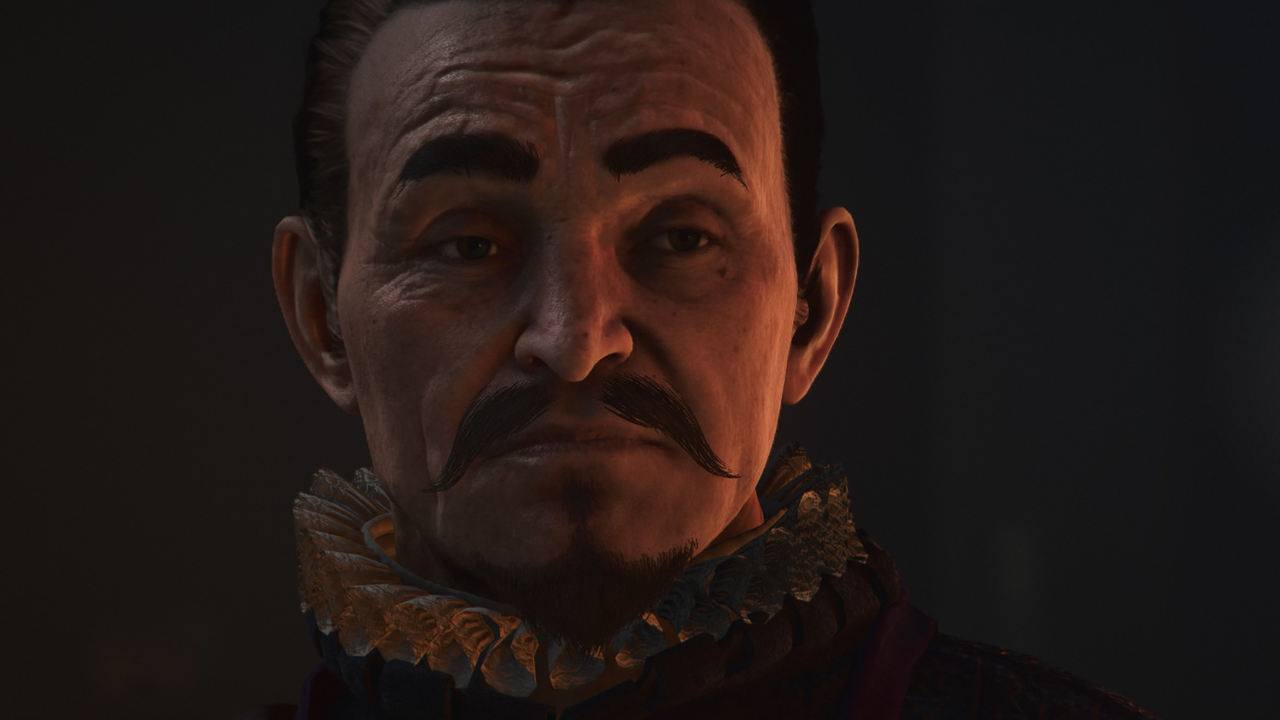Assassin's Creed: 10 Historical Changes
Ubisoft has once again activated the Animus, transporting us back to Japan's Sengoku Period with Assassin's Creed Shadows. This latest installment features historical figures like Fujibayashi Nagato, Akechi Mitsuhide, and the legendary African samurai Yasuke, who served Oda Nobunaga. True to the series' tradition, these characters are intricately woven into a narrative blending fact with fiction, exploring themes of revenge, betrayal, and murder. While the game might jest about Yasuke needing to kill for XP to wield a gold-tier weapon, it underscores the series' playful approach to history.
Assassin's Creed thrives on its identity as historical fiction, crafting a unique storyline around a secret society's quest for dominance, powered by an ancient civilization's mystical artifacts. While Ubisoft meticulously researches to ground its open-world playgrounds in history, it's crucial to recognize these games as imaginative retellings rather than factual accounts. The developers freely adjust historical details to enhance the narrative, resulting in numerous "historical inaccuracies" that enrich the game's storytelling.
Here, we explore ten instances where Assassin's Creed has creatively rewritten history:
The Assassins vs Templars War
 Let's start with the most fundamental aspect: the legendary conflict between the Order of Assassins and the Knights Templar. There's no historical evidence of such a war; the idea is entirely fictional, inspired by conspiracy theories surrounding the Templars. Both groups existed concurrently for about 200 years, but their interactions were minimal, and any ideological opposition is purely Ubisoft's invention.
Let's start with the most fundamental aspect: the legendary conflict between the Order of Assassins and the Knights Templar. There's no historical evidence of such a war; the idea is entirely fictional, inspired by conspiracy theories surrounding the Templars. Both groups existed concurrently for about 200 years, but their interactions were minimal, and any ideological opposition is purely Ubisoft's invention.
The Borgias and their Superpowered Pope
 Assassin's Creed 2 and Brotherhood delve into Ezio's battle against the Borgia family, portraying Cardinal Rodrigo Borgia as the Templar Grand Master who ascends to the papacy as Alexander VI. The game's depiction of a Borgia plot involving the magical Apple of Eden and a pope with god-like powers is pure fantasy. Additionally, the game's portrayal of the Borgias as Renaissance-era villains is exaggerated; while their legacy is controversial, Ubisoft's depiction, particularly of Cesare Borgia as an incestuous psychopath, lacks historical backing.
Assassin's Creed 2 and Brotherhood delve into Ezio's battle against the Borgia family, portraying Cardinal Rodrigo Borgia as the Templar Grand Master who ascends to the papacy as Alexander VI. The game's depiction of a Borgia plot involving the magical Apple of Eden and a pope with god-like powers is pure fantasy. Additionally, the game's portrayal of the Borgias as Renaissance-era villains is exaggerated; while their legacy is controversial, Ubisoft's depiction, particularly of Cesare Borgia as an incestuous psychopath, lacks historical backing.
Machiavelli, Enemy of the Borgias
 In Assassin's Creed 2 and Brotherhood, Niccolò Machiavelli is shown as Ezio's ally and leader of the Italian Assassin's Bureau. Historically, Machiavelli's philosophy of strong authority clashes with the Assassin's Creed ethos. Moreover, he had a more nuanced view of the Borgias, serving as a diplomat under Cesare and recognizing Rodrigo's cunning, which contrasts sharply with the game's portrayal.
In Assassin's Creed 2 and Brotherhood, Niccolò Machiavelli is shown as Ezio's ally and leader of the Italian Assassin's Bureau. Historically, Machiavelli's philosophy of strong authority clashes with the Assassin's Creed ethos. Moreover, he had a more nuanced view of the Borgias, serving as a diplomat under Cesare and recognizing Rodrigo's cunning, which contrasts sharply with the game's portrayal.
The Incredible Leonardo da Vinci and his Flying Machine
 Assassin's Creed 2's depiction of Leonardo da Vinci captures his charisma and wit but takes liberties with his timeline, placing him in Venice in 1481 rather than Milan, where he historically resided. The game also brings to life da Vinci's visionary designs, including a flying machine, which, while inspired by his sketches, never actually flew according to historical records.
Assassin's Creed 2's depiction of Leonardo da Vinci captures his charisma and wit but takes liberties with his timeline, placing him in Venice in 1481 rather than Milan, where he historically resided. The game also brings to life da Vinci's visionary designs, including a flying machine, which, while inspired by his sketches, never actually flew according to historical records.
The Bloody Boston Tea Party
 Assassin's Creed 3 dramatically alters the Boston Tea Party, turning it from a peaceful protest into a violent confrontation. The game's protagonist, Connor, dressed as a Mohawk, leads a deadly charge against British guards, a stark contrast to the non-violent historical event. Additionally, the game attributes the orchestration to Samuel Adams, whose involvement remains debated among historians.
Assassin's Creed 3 dramatically alters the Boston Tea Party, turning it from a peaceful protest into a violent confrontation. The game's protagonist, Connor, dressed as a Mohawk, leads a deadly charge against British guards, a stark contrast to the non-violent historical event. Additionally, the game attributes the orchestration to Samuel Adams, whose involvement remains debated among historians.
The Lone Mohawk
 Connor, a Mohawk in Assassin's Creed 3, fights alongside the Patriots, contrary to historical alliances where the Mohawk people supported the British. While inspired by the rare case of Louis Cook, a Mohawk who fought with the Continental Army, Connor's story is a creative "what if?" scenario.
Connor, a Mohawk in Assassin's Creed 3, fights alongside the Patriots, contrary to historical alliances where the Mohawk people supported the British. While inspired by the rare case of Louis Cook, a Mohawk who fought with the Continental Army, Connor's story is a creative "what if?" scenario.
The Templar Revolution
 Assassin's Creed Unity's portrayal of the French Revolution attributes its causes to a Templar conspiracy, simplifying complex socio-economic issues into a manufactured plot. The game's depiction of the Reign of Terror as the entire revolution oversimplifies the historical event's multi-year development.
Assassin's Creed Unity's portrayal of the French Revolution attributes its causes to a Templar conspiracy, simplifying complex socio-economic issues into a manufactured plot. The game's depiction of the Reign of Terror as the entire revolution oversimplifies the historical event's multi-year development.
The Controversial Killing of King Louis 16
 Unity's depiction of King Louis XVI's execution suggests a close vote swayed by a Templar, which contradicts the historical majority favoring his execution. The game also softens the portrayal of the French aristocracy, ignoring the widespread anger and King Louis' attempted escape to Austria.
Unity's depiction of King Louis XVI's execution suggests a close vote swayed by a Templar, which contradicts the historical majority favoring his execution. The game also softens the portrayal of the French aristocracy, ignoring the widespread anger and King Louis' attempted escape to Austria.
Jack the Assassin
 Assassin's Creed Syndicate reimagines Jack the Ripper as a rogue Assassin, turning historical fact into a thrilling narrative twist. The game's story of Jack's rise and eventual downfall by Evie Frye adds a layer of intrigue to one of history's most infamous unsolved cases.
Assassin's Creed Syndicate reimagines Jack the Ripper as a rogue Assassin, turning historical fact into a thrilling narrative twist. The game's story of Jack's rise and eventual downfall by Evie Frye adds a layer of intrigue to one of history's most infamous unsolved cases.
The Assassination of the Tyrant Julius Caesar
 Assassin's Creed Origins rewrites the assassination of Julius Caesar, portraying him as a proto-Templar whose death prevents global terror. The game's depiction ignores Caesar's historical reforms and popularity, framing his assassination as a victory rather than the catalyst for Rome's transition to an empire.
Assassin's Creed Origins rewrites the assassination of Julius Caesar, portraying him as a proto-Templar whose death prevents global terror. The game's depiction ignores Caesar's historical reforms and popularity, framing his assassination as a victory rather than the catalyst for Rome's transition to an empire.
The Assassin's Creed series masterfully blends historical elements with fiction, offering players a rich, immersive experience. While historical accuracy may take a backseat to storytelling, the games' creative liberties are part of their charm. What are your favorite instances of Assassin's Creed bending historical truths? Share your thoughts in the comments below.



























